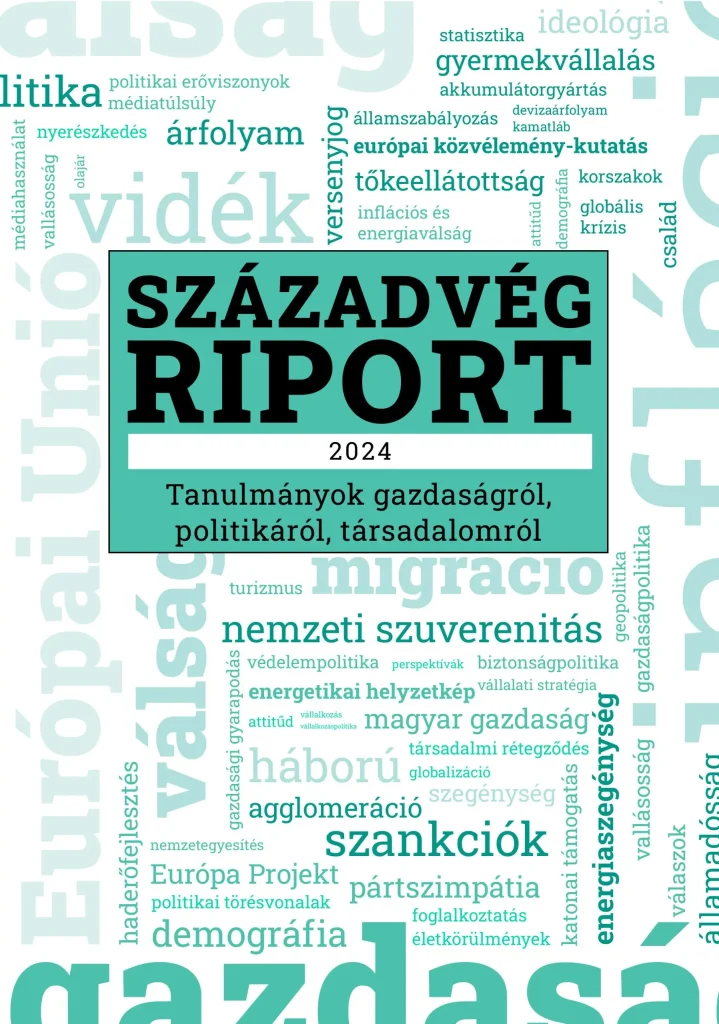The average annual inflation rate could be 4.0% this year, down from 17.1% last year, bringing it back into the central bank’s tolerance band of 2-4% as early as this year. Inflation is expected to peak this December, followed by average consumer price inflation of 3.7% in 2025 and 3.1% in 2026.
The central bank base rate is currently 6.75% and is expected to fall further over the forecast horizon, but easing will be subject to the international inflation and interest rate environment and developments in domestic demand.
In 2024, gross domestic product (GDP) in Hungary is expected to grow by 1.7%, while in the next two years it is forecast to expand by 3.8% and 3.2% respectively. Compared with our previous forecast, consumption in the second half of the year is better than expected at 4.1%. Despite the positive consumption trends, retail sales still grow slower than real wages, so the cautiousness of households may still be present in the economy. However, foreign online shops also take up a substantial part of demand, which is part of consumption but does not have a positive impact on domestic retail sales. In our own forecast, we expect caution to gradually ease, with consumption expected to grow by 3.5% this year. We project consumption growth to be 1.8% in 2025 and 2.2% in 2026, but with a reduction in caution in a lower inflation environment, consumption could grow at higher rates over the forecast horizon.
Investments fell by 20.2% and 5.0% respectively in the first half of the year. Investment activity is likely to remain subdued until the end of the year, so we estimate that investment could fall by 6.5% this year. Given the low base this year, investment could grow by 6.9% next year, followed by a 2.9% expansion in 2026.
Exports could grow by 0.1% in 2024, 10.5% in 2025 and 7.3% in 2026. Exports are strongly influenced by external demand, in particular the development of the German economy, which shows negative trends. If the German economy, especially its manufacturing sector, which is key for Hungarian exports, recovers, this could boost demand for Hungarian exports.
The main drivers of imports are consumption and exports, hence we expect a contraction of 1.1% in 2024. Over the next two years, imports could increase by 9.8% and 6.2% respectively. In 2024, net exports could make a positive contribution to economic growth due to falling imports. Then, in the next two years, net exports could have a positive effect on domestic economic growth, with exports and imports already expanding.
Last year, the cost of living increased dramatically, to which households responded by increasing its labour market activity in the second half of 2023. Some of those who (re-)entered the labour market were able to find work quickly, while others were slower to find a job, so the number of employed and unemployed increased at the same time. With consumer prices moderating, labour market trends also appear to be stabilising, with employment projected to continue to rise over the forecast horizon and unemployment to start to fall slowly from next year. We estimate that unemployment will reach 4.8% by the end of 2024, and then the market will return to its previous state by 2025, when the unemployment rate will fall again to 4.5%, combined with a high level of employment.
For 2024, our fiscal forecast projects the cash deficit to meet the government’s target of 4.5%, but the ESA deficit could be 0.8 percentage points worse than the 4.5% target for the deficit-to-GDP ratio, reaching 5.3%. We stress that our estimates of EU programme revenues and expenditure are subject to higher than average uncertainty. According to government plans, gross government debt could fall to 73.2% of GDP by the end of 2024.
The deficit target of 3.7% for 2025 is expected to be met. Our projections suggest that government debt could fall to 73.1% of GDP. This is 1 percentage point higher than the level of government debt in government plans.
Table: Forecast of Századvég Konjunktúrakutató
| 2023 | 2024 | 2025 | 2026 | |
| Gross domestic product (volume index) | -0.7 | 1.7 | 3.8 | 3.2 |
| Household final consumption expenditure (volume index) | -2.2 | 3.5 | 1.8 | 2.2 |
| Gross accumulation (volume index) | -14.9 | -6.5 | 6.9 | 2.9 |
| Export volume index (based on national accounts) | 0.9 | 0.1 | 10.5 | 7.3 |
| Import volume index (based on national accounts) | -4.3 | -1.1 | 9.8 | 6.2 |
| Balance of international trade in goods (EUR billion) | 0.3 | 0.5 | 2.3 | 3.5 |
| Consumer price index (%) | 17.1 | 4.0 | 3.7 | 3.1 |
| Central bank base interest rate at the end of the period (%) | 11.4 | 6.5 | 5.3 | 4.2 |
| Unemployment rate (%) | 4.1 | 4.8 | 4.5 | 3.3 |
| Current account balance as a percentage of GDP | 0.2 | 0.1 | 0.5 | 0.5 |
| Net lending as a percentage of the GDP | 1.2 | 1.1 | 1.4 | 1.3 |
| ESA balance of public finances as a percentage of GDP | -6.7 | -5.3 | -3.7 | -3.2 |
| National debt-to-GDP ratio | 73.5 | 73.2 | 73.1 | 72.3 |
Remark: The base rate of the central bank applies to the last quarter of the year.
